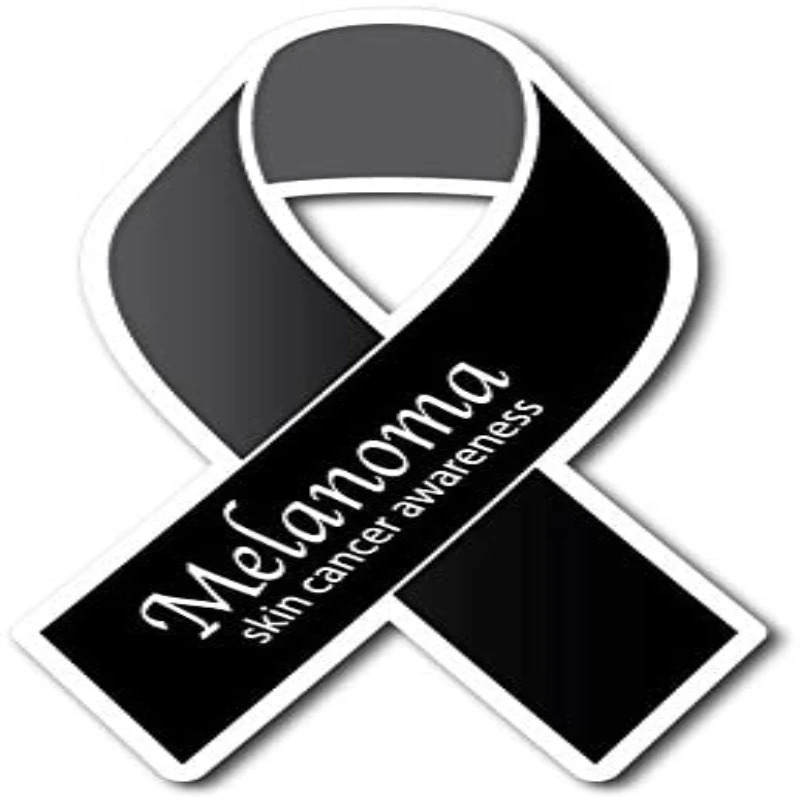Melanoma, a serious form of skin cancer, impacts millions globally. Early detection and awareness play pivotal roles in combating its risks. In the realm of raising awareness, ribbon colors serve as powerful symbols. Understanding their significance aids in promoting knowledge and support for melanoma.
Must Read: Wellhealth How to Build Muscle Tag
Understanding Ribbon Colors
Ribbon colors carry symbolic meanings, representing various causes. They serve as potent symbols to advocate and create awareness. Each color embodies a specific cause, fostering unity and support among those affected and their supporters.
The Significance of the Color Yellow
Yellow ribbons symbolize hope, support, and remembrance. Often associated with various health-related causes, they bring attention to conditions like sarcoma and bone cancer. In the context of melanoma, yellow ribbons signify support for patients and encourage early detection.
Impact of Awareness Ribbons
The evolution of awareness ribbons has revolutionized advocacy efforts. They transcend geographical boundaries, sparking conversations, and mobilizing communities. Ribbons serve as catalysts for education, encouraging proactive measures against melanoma.
Ribbon Color for Melanoma
The specific ribbon color for melanoma, often black or dark brown, signifies a somber reminder of the seriousness of the condition. Wearing or displaying these ribbons spreads awareness and solidarity, urging individuals to prioritize regular screenings and sun protection.
Role of Ribbons in Melanoma Advocacy
Campaigns and initiatives leverage ribbon symbolism to engage communities. By incorporating ribbons into educational materials and events, advocates amplify messages about prevention, early detection, and available support.
Community Engagement and Support
Engaging communities and fostering support networks is vital. It creates a platform for shared experiences, knowledge exchange, and emotional support. Through collaboration, advocacy, and inclusive initiatives, communities play a pivotal role in raising awareness and aiding those impacted by melanoma.
Creating Impact Through Awareness
Ribbons catalyze impactful awareness campaigns. Individuals contribute by wearing ribbons, initiating discussions, and supporting fundraising efforts. The cumulative effect helps save lives by encouraging timely interventions.
The Evolution of Melanoma Awareness
Awareness initiatives around melanoma have evolved, reflecting changing perspectives and innovative approaches. The use of ribbons has evolved, adapting to modern communication channels to reach wider audiences.
Preventive Measures Against Melanoma
Promoting sun safety and regular screenings remains pivotal. Awareness efforts emphasize adopting preventive measures and seeking timely medical advice for suspicious moles or changes in skin appearance.
Effectiveness of Awareness Campaigns
Assessing the success of awareness campaigns highlights their impact. Personal stories and statistical evidence demonstrate the efficacy of awareness initiatives, reinforcing the importance of continued efforts.
Supporting Melanoma Patients
Supporting individuals affected by melanoma is crucial. Providing emotional, informational, and practical support forms a vital network for patients and their caregivers. Accessible resources, support groups, and compassionate communities offer solace, guidance, and a sense of belonging throughout their journey.
Educational Campaigns and Outreach
Collaborative educational campaigns reach diverse demographics, dispelling myths and disseminating accurate information. Targeted outreach initiatives ensure inclusivity and understanding among varied communities.
Continued Advocacy for Melanoma Awareness
Sustaining momentum in awareness efforts requires ongoing dedication. Futuristic endeavors aim to expand outreach, enhance support networks, and innovate communication strategies.
Conclusion
Ribbon colors, particularly for melanoma, serve as symbols of hope, advocacy, and support. Their significance transcends mere colors, driving impactful awareness initiatives, encouraging prevention, and supporting those affected.
Why is the ribbon color for melanoma important?
The color signifies solidarity and support for melanoma patients and emphasizes the importance of awareness.
How can individuals contribute to melanoma awareness?
Wearing ribbons, sharing information, and participating in advocacy events are impactful ways to contribute.
Are there specific campaigns using ribbons for melanoma awareness?
Yes, many organizations run campaigns using ribbons as symbols to raise awareness and support.
What preventive measures can help reduce melanoma risks?
Regular skin checks, sun protection, and avoiding tanning beds are essential preventive measures.
Where can individuals find support for melanoma patients and caregivers?
Support groups, online forums, and local organizations provide valuable resources and emotional support.

